Quantum dot revolution is coming, says Bradford scientist who makes them in the lab
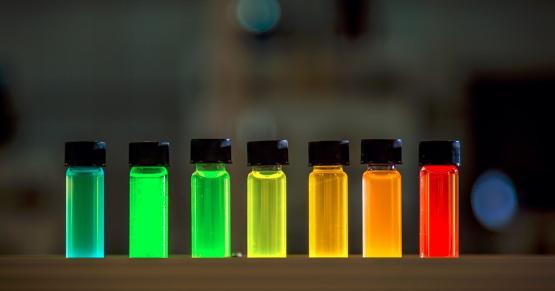
For more than two decades, Dr Stephen Hickey has been passionate about quantum dots, which recently came to even greater prominence after this year’s Nobel Prize for chemistry was awarded to those who discovered and developed them.
Dr Hickey, pictured below in his laboratory, is a reader in physical chemistry in the Faculty of Life Sciences at the University of Bradford, where he has worked for seven years. He is widely published on the subject and is considered an expert in his field.
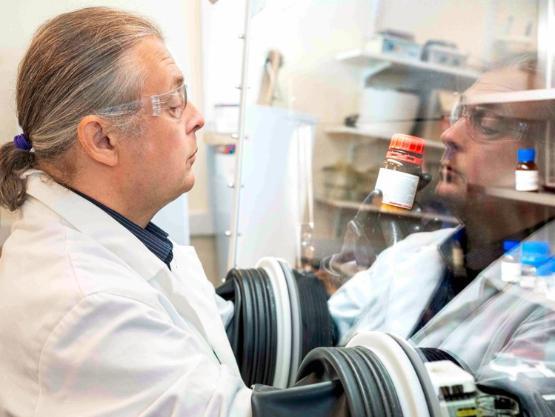
He synthesises his own quantum dots in the lab and characterises them to determine their properties. He says these tiny bits of matter could revolutionise many aspects of our lives ranging from medical applications, telecommunications and solar cell technology.
But before we get into that, what is a ‘quantum dot’?
Quantum dots are really small bits of matter whose properties are different than their bigger counterparts. If you start with a big piece of some materials, then cut it in half and then in half again and you keep going, you will eventually get to a point where the small piece of the material behaves differently to the larger piece - even though they are the same material.
“It would be like chipping off tiny pieces of a red house brick but instead of the pieces flying off being red, they are blue. These really small bits of matter have different optical and electronic properties, so they can be made to have a different colour if you so want.
What is their application?
The technology is already being used in some televisions to produce incredibly pure colours with amazing contrast. But there is so much more we can do with quantum dots. Because we can change their optical and electronic properties their potential applications are very broad indeed, for example in satellite and terrestrial telecommunications and medical technologies.
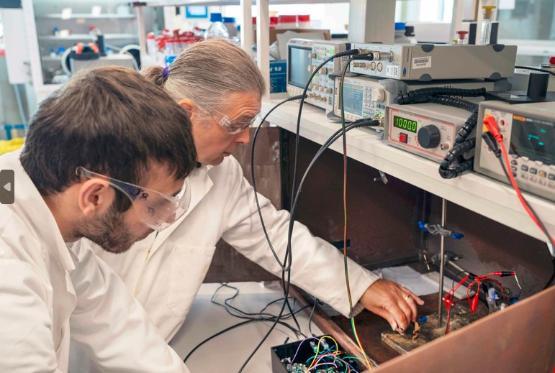
Just how small are quantum dots?
These tiny pieces of matter - the quantum dots - are actually smaller than the wavelength of light they are emitting. These objects are about 5 nanometres (nm) across and the wavelength of the visible light they emit is in and around 500 nm. This means that the size of the quantum dots is about one thousand times smaller than the width of a human hair.
What is ‘biological tagging’?
Because they are so small, they can be used to locate hard to see objects inside cells. Say we wanted to locate such an object inside a cell. You can attach a molecule that is able to attach to the object of interest onto a quantum dot and place this within the cell.
After some time the molecule with its quantum dot will have attached to the object. You can then just shine a light on the cell and the quantum dots will emit or shine back light showing up the object we were looking for. Here the quantum dots are acting as a contrast agent. This works just as well if we want to find out where a molecule goes in the cell. This process is called biological tagging.
How can they be used to make more efficient solar cells?
This is something I am working on at the moment. Quantum dots are not just good at emitting light, they are also incredibly good at absorbing it. When a quantum dot absorbs light it can generate electrons which we can extract to generate electricity. Because they have the ability to absorb a lot of the light that the sun puts out, they have the potential to generate more energy and more efficiently. Additionally, because they are so small and so efficient, we do not need to use so much material which is good for the green agenda.
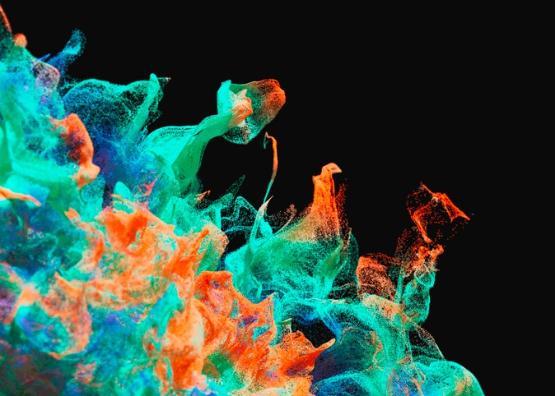
What does this mean for the future?
Quantum dots are a great tool for chemists, because they enable us to change the properties of a material without altering its chemistry. While we presently see quantum dots being explored for use in biomedical sensors and other biomedical technologies, I think we will see them being used more in devices as components in nano-electronics. However, there are still challenges to be overcome such as how do you make contacts to such small objects.
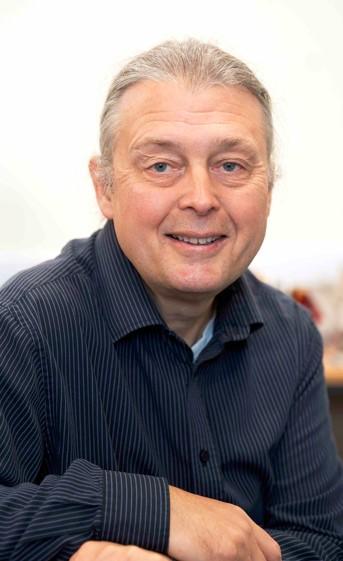
This is the kind of research we are carrying out at Bradford - it is research such as this that has the potential to change the world for the better.
Why is this important to Bradford?
One of the challenges for people who wish to enter into this field of research is to gain the knowledge, research expertise and have access to some specialised pieces of equipment. We have been able to establish all of these here at the University of Bradford. For example we make our own quantum dots in our laboratories. We do this using an ‘inert atmosphere’ of either nitrogen or argon, because otherwise the quantum dots can react with the oxygen and water in the air and create oxides, which harm their properties. This is the kind of research we are carrying out at Bradford - it is research such as this that has the potential to change the world for the better.
